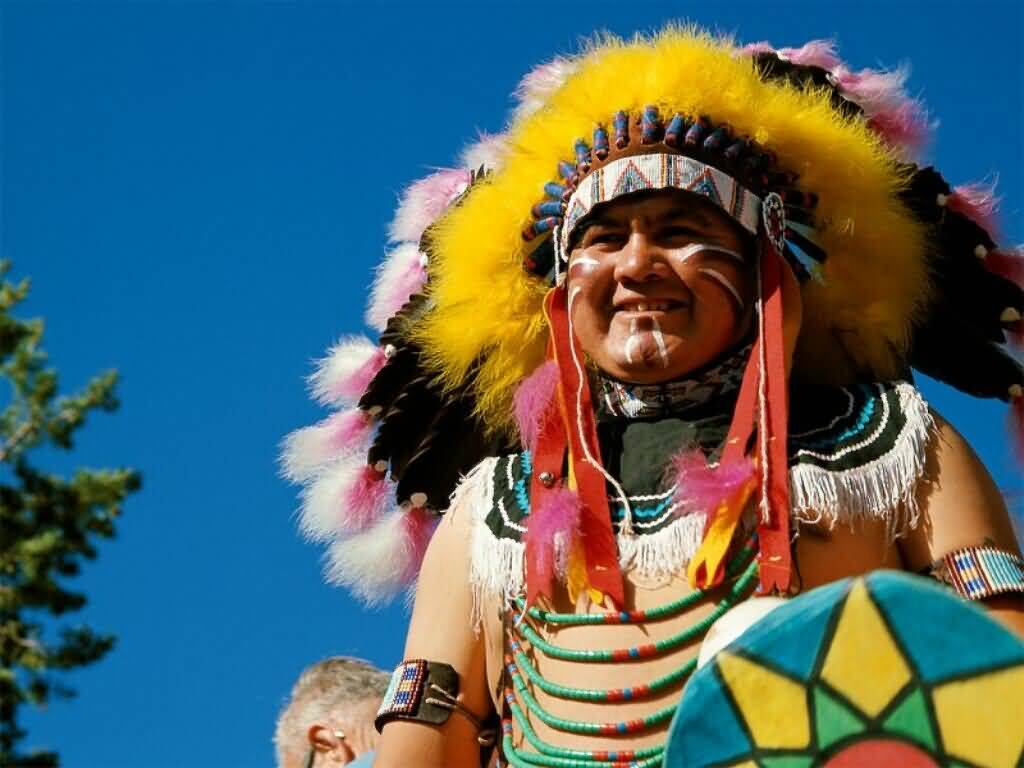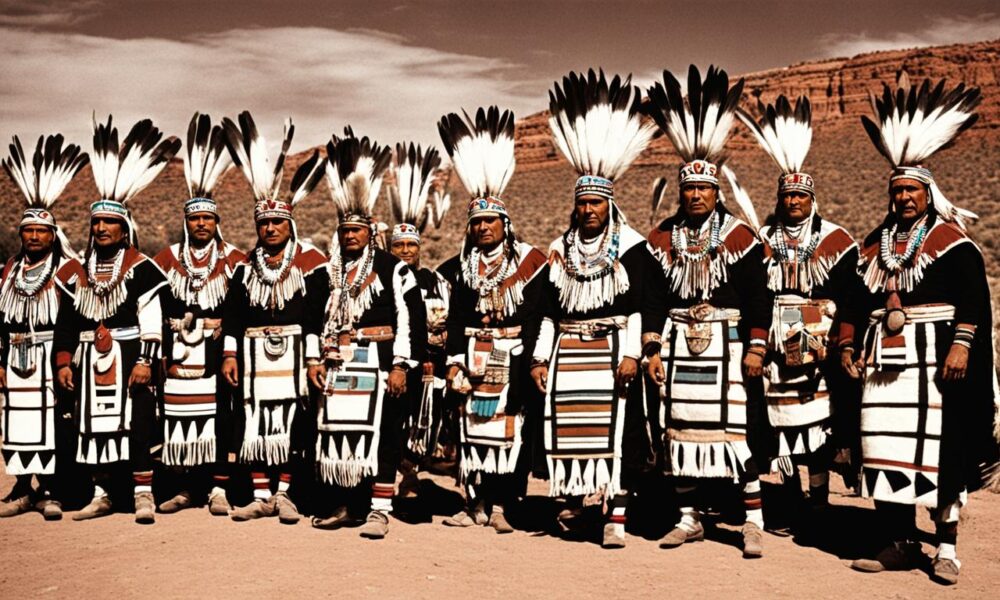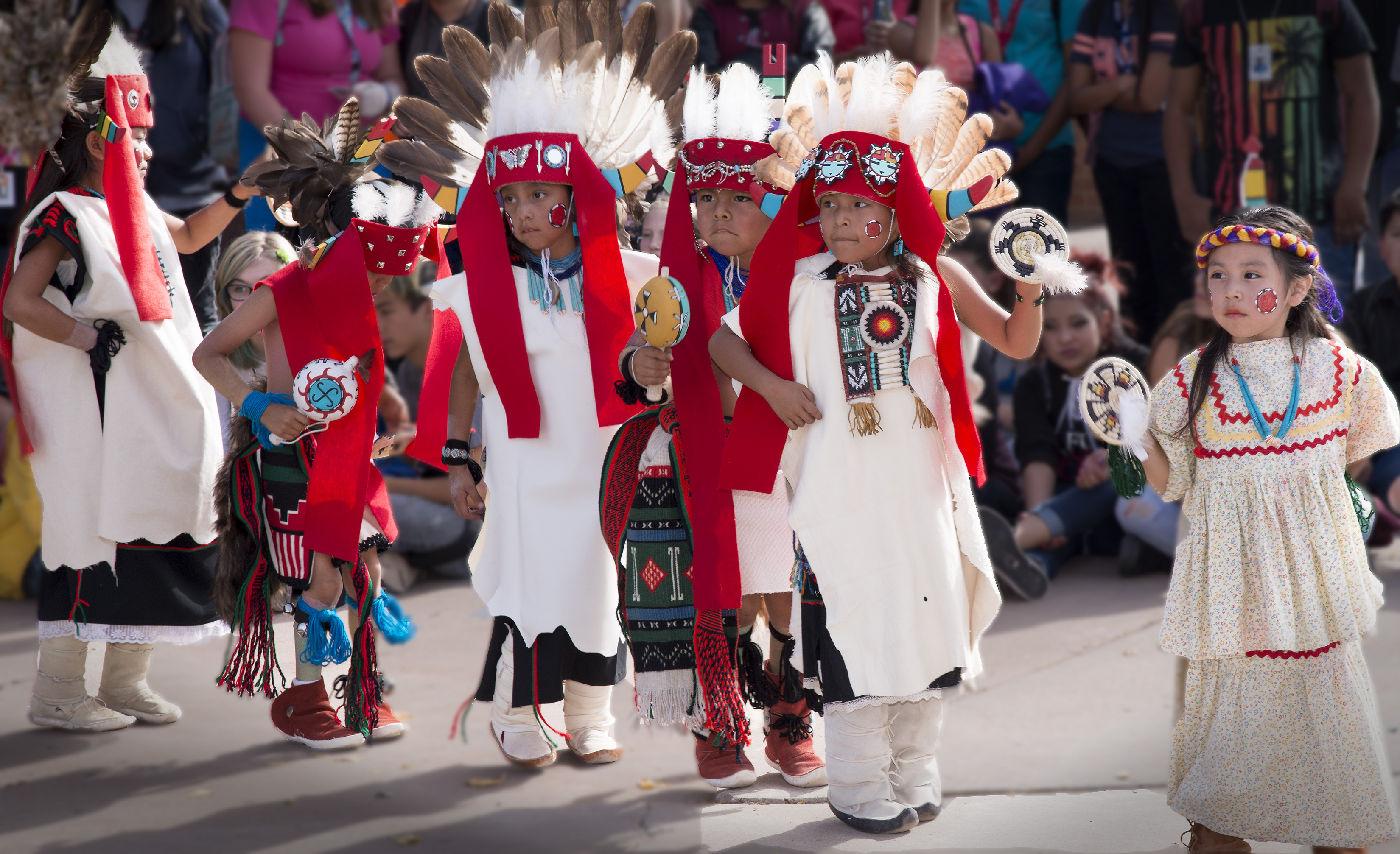
Tracing Ancient Roots: A Journey Through Hopi Ancestral Farming Lands
To truly understand a people, one must understand their relationship with the land that sustains them. For the Hopi, one of the oldest living cultures in North America, this connection is not merely practical; it is deeply spiritual, woven into the very fabric of their identity. When we speak of “Hopi ancestral farming areas maps,” we’re not just talking about lines on a paper, but a living testament to millennia of ingenuity, resilience, and profound reverence for Mother Earth. This isn’t a destination for a quick photo op; it’s an immersive journey into a landscape where every furrow tells a story, every cornstalk represents a prayer, and the very ground beneath your feet holds the echoes of ancestors who mastered the art of survival in one of the harshest environments imaginable.
Imagine arriving in northeastern Arizona, the vibrant hues of the Painted Desert giving way to the stark, majestic isolation of the Hopi Mesas. These three fingers of land—First Mesa, Second Mesa, and Third Mesa—jut out from the vast plateau, each crowned with ancient villages, many continuously inhabited for over a thousand years. From these vantage points, the scale of Hopi agricultural endeavor becomes breathtakingly apparent. Below, stretching across the arid plains and nestled in canyon bottoms, lie fields that seem to defy logic. These are the ancestral farming areas, a sprawling, intricate network of plots where generations have coaxed life from seemingly barren soil.
The "maps" here are not just cartographic; they are etched into the very topography. Ancient check dams, stone alignments, and terraced slopes, often invisible to the untrained eye, reveal a sophisticated understanding of hydrology and erosion control that predates modern engineering by centuries. These are the original permaculturists, farming with an intimate knowledge of sun, wind, and the precious, ephemeral desert rain. Visiting these areas with a knowledgeable Hopi guide transforms the landscape from a barren expanse into an open-air museum of sustainable agriculture. They can point out the subtle depressions where water was intentionally channeled, the low stone walls that slowed runoff and captured precious sediment, and the specific locations chosen for their microclimates—sheltered from harsh winds or benefiting from slightly higher moisture retention.

The cornerstone of Hopi farming, and indeed their culture, is maize—corn. It is not merely a crop; it is a sacred relative, embodied in countless ceremonies and stories. Walking through a Hopi cornfield is an experience unlike any other. You won’t see endless rows of uniform, genetically modified stalks reaching for the sky. Instead, you’ll encounter hardy, drought-resistant varieties, often planted in small, widely spaced hills, sometimes intercropped with beans and squash in the traditional "Three Sisters" method. Each hill might contain several stalks, deliberately clustered to provide mutual shade and support against the relentless desert winds. The corn itself comes in a rainbow of colors—blue, white, red, yellow, and even speckled—each variety adapted to specific conditions and possessing unique cultural significance. Blue corn, for instance, is a staple, used for piki bread and other traditional foods.
The genius of Hopi dryland farming is its deep respect for natural processes and minimal intervention. Unlike modern agriculture that often relies on irrigation, fertilizers, and pesticides, Hopi farmers utilize techniques honed over millennia. They plant seeds deeply, sometimes 8-12 inches into the soil, to reach residual moisture. They understand the crucial role of "akchin" farming, where fields are strategically placed at the mouths of washes to capture seasonal runoff. The subtle slopes and contours of the land become a sophisticated irrigation system, guided by human hands but powered by nature. These "maps" of water flow and soil composition are passed down through oral tradition, observation, and direct experience—a legacy far more valuable than any paper document.
Exploring the areas around the Mesas, particularly the lands historically utilized for farming, offers profound insights. While access to specific private fields requires permission and respect, public access points and guided tours can provide a comprehensive understanding. The Hopi Cultural Center on Second Mesa serves as an excellent starting point, offering a museum, gallery, and restaurant where you can taste the fruits of their labor, such as delicious blue corn pancakes or hearty Hopi stew. From here, one can arrange tours with local guides who are not only knowledgeable about the history and techniques but also embody the living culture.
Imagine a sunrise walk with a Hopi elder, their voice a soft cadence against the vast silence of the desert. They might point to an ancient field, now fallow, explaining how their grandfather farmed that very spot, how the wind carried prayers across the stalks, and how the corn sustained their family through lean years. They might explain the significance of specific landmarks – a rock formation that marks a planting cycle, a distant mesa that guides a ceremonial route. These are the true "maps" of Hopi ancestral farming areas: the stories, the oral histories, the spiritual connections that bind the people to their land in an unbroken chain stretching back to time immemorial.

Beyond the immediate Mesas, archaeological sites like Homol’ovi Ruins State Park, while not directly on Hopi land, offer a glimpse into ancestral Puebloan farming practices that laid the groundwork for modern Hopi agriculture. Here, remnants of ancient field systems and dwelling structures speak to a shared heritage of adaptation and innovation in the arid Southwest. Understanding these earlier cultures helps contextualize the extraordinary persistence and evolution of Hopi farming. It underscores the fact that the "maps" of these farming areas extend far beyond the current reservation boundaries, encompassing vast tracts of land that were once, and in many ways remain, part of the Hopi spiritual and agricultural domain.
Visiting these sacred landscapes requires a mindful approach. It’s not a typical tourist destination where you can freely wander. The Hopi are a private people, and their land is not just scenery; it is their home, their sustenance, and their spiritual core. Always seek permission before entering villages, ask before taking photographs, and respect any requests from residents. Engage with local guides, purchase authentic Hopi art and crafts, and patronize local businesses. By doing so, you contribute directly to the economic well-being of the community and demonstrate genuine appreciation for their enduring culture.
The experience of traversing Hopi ancestral farming areas, whether through a guided tour of current fields or by observing the remnants of ancient ones, leaves an indelible mark. It challenges preconceived notions of agriculture, revealing a profound wisdom that prioritizes harmony with nature over exploitation. It highlights the incredible resilience of a people who, despite centuries of external pressures, have maintained their traditions, their language, and their deep connection to the land. The "maps" of these farming areas are not static documents but dynamic, living narratives woven into the very earth—stories of survival, spirituality, and an unwavering commitment to cultivating life in the heart of the desert.
This journey is more than just a trip; it’s an education. It’s an opportunity to witness firsthand the enduring power of traditional knowledge, to taste the sweetness of corn grown with prayer and perseverance, and to feel the weight of history in every grain of sand. It’s an invitation to step away from the hurried pace of modern life and connect with a wisdom that reminds us that true sustainability lies in understanding, respecting, and working with the land, not against it. The Hopi ancestral farming areas are not just places on a map; they are a living philosophy, a blueprint for a sustainable future, and a testament to the enduring human spirit.


